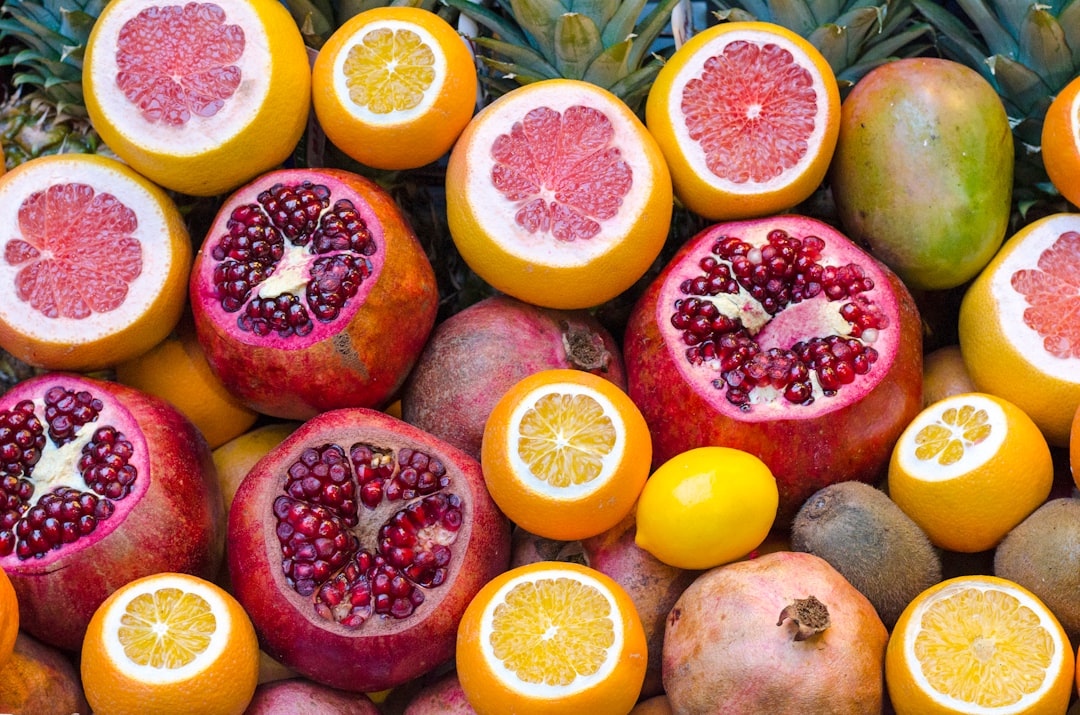What is it about?
this study aims to develop plant-based Pickering emulsions (PBPEs) using oat flour with and without mild chemical treatment. Wholesome oat flour was investigated for developing oil-in-water PBPEs with varying oil content. The control (CO) and mild chemically treated (CH) oat particles were analysed for particle size, surface charge and particle morphology, while the resulting oat-Pickering emulsions (OPEs) were characterised for particle size, creaming stability, and microstructure. With both the CO and CH oat Pickering stabilisers (having D4,3 1.24 μm and 1.34 μm, respectively), the OPEs exhibited exceptional stability against creaming and coalescence. CH-OPEs with 40% oil content exhibited significantly smaller droplet sizes (D3,2: 8.96 μm) and the lowest creaming index (0.0%) in contrast with CO-OPEs (D3,2: 14.52 μm, CI: 10.40%).
Featured Image

Photo by Cleanlight Photo on Unsplash
Why is it important?
Thus, these findings can be of great importance for developing plant-based Pickering systems to formulate functional foods.
Perspectives
Supporting the need for sustainable food products, this study aims to develop plant-based Pickering emulsions (PBPEs) using oat flour with and without mild chemical treatment.
Dr Pratheep K Annamalai
University of Queensland
Read the Original
This page is a summary of: Oat flour as a novel stabiliser for designing plant-based Pickering emulsion, Journal of Food Engineering, March 2023, Elsevier,
DOI: 10.1016/j.jfoodeng.2022.111300.
You can read the full text:
Contributors
The following have contributed to this page










